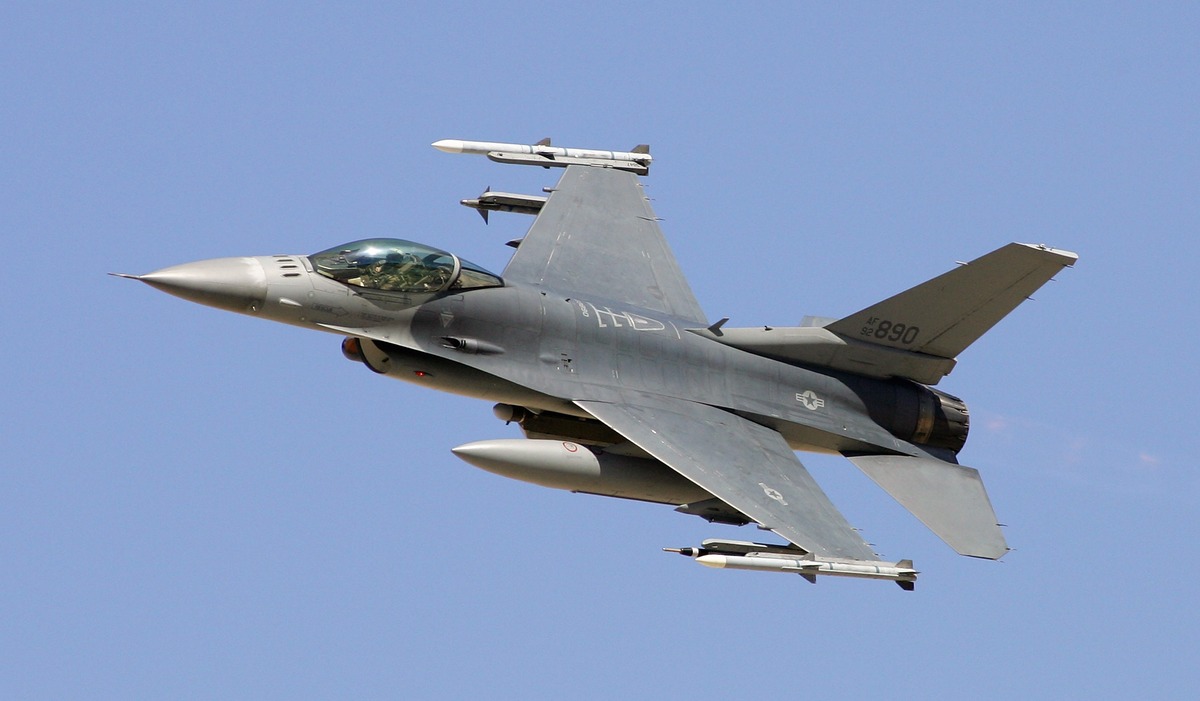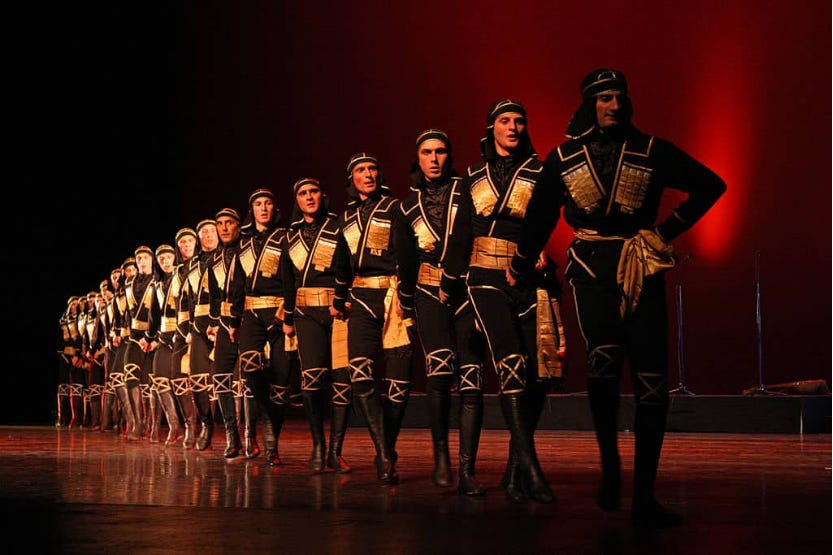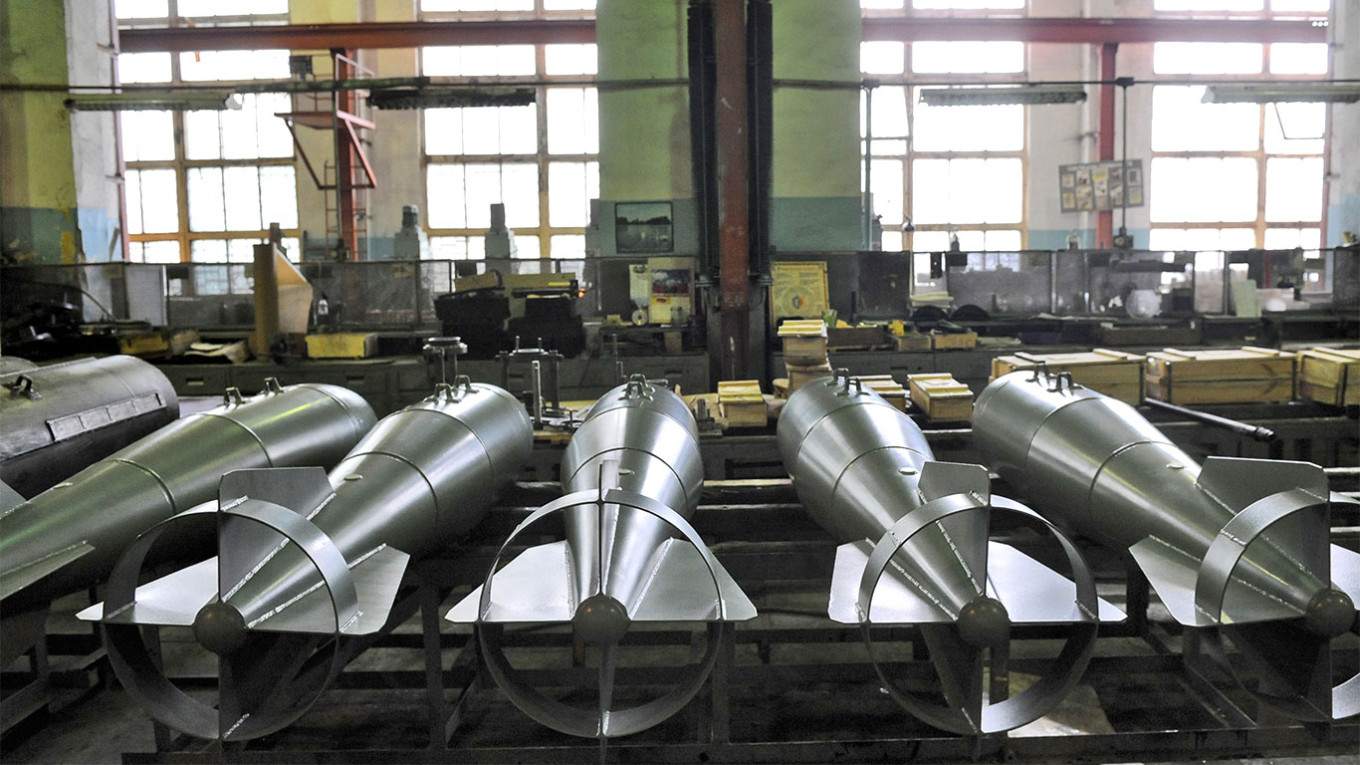And this is being released by a western MSM source.

@@@
The US spent so much time fighting insurgents that it forgot 'what it means to actually fight a war,' a US vet in Ukraine says
Sinéad Baker May 2, 2024, 6:45 AM CDT
- An American veteran who fought in Ukraine said the US "kind of forgot what it means to actually fight a war."
- He said US training has long been heavily focused on fighting insurgents in places like Iraq and Afghanistan.
- He said his own training wouldn't have prepared him for a war like Ukraine.
An American veteran who fought in Ukraine said the US military spent so long focused on fighting insurgents that it forgot "what it means to actually fight a war."
"We have neglected a lot of the training" on "how to fight and survive in a peer-on-peer adversary war," the veteran, who spoke on the condition of anonymity, told Business Insider.
He said that "in the US military, we mostly have been focusing on a guerilla war" and battling insurgents, with places with Iraq and Afghanistan in mind. The US military invested decades, billions of dollars, and thousands of lives into fights in these places.
The former soldier spoke about how his training with the US military a number of years ago compared to what he saw in Ukraine, where he started fighting when
Russia's full-scale invasion began in February 2022 and left last December.
He said he fought in Iraq as a contractor after leaving the US military, and in Ukraine, he fought in hotspots like Kharkiv and
Bakhmut. He served as his unit's combat medic, treating comrades when they were injured in the fight.
An aerial view of the city of Bakhmut totally destroyed from heavy battles in September 2023. Libkos/Getty Images
"We've gotten so used to the idea of just fighting guerilla wars and ****ing fighting terrorists and everything else that we kind of forgot what it means to actually fight a war," he said.
The conflicts in Iraq and Afghanistan were real wars that came at a severe cost in human lives, but the war in Ukraine is industrial warfare at levels of destruction like the world has not seen in a long time.
With the focus on the wars in the Middle East during much of this century, the US and some of its NATO allies in Europe allowed the skills needed for this kind of conflict to atrophy.
The veteran said that when he went through training, he never got any real training for peer-on-peer conflict. "A little bit of talking about it and just a little bit of training, but nothing to the point that would have prepared me for the war in Ukraine," he recalled.
He said that he has seen a lot of Western soldiers struggle in Ukraine as "they already have a set idea about how things should be and everything, and it's just not that way out in Ukraine."
He said that US soldiers are used to fighting at an equipment and manpower advantage, but against Russia in Ukraine, "a lot of time I've fought at a disadvantage compared to the enemy."
In the US military, he explained, "I believe that a lot of the training that we have is tailored more to fighting in a guerilla warfare nowadays than it is to actually fighting a near-peer adversary like it would be with Russia or China." He said that it is an issue that many NATO members face.
Another American veteran in Ukraine told BI this month that he had similar concerns. He said that his friends still in the US Army ask him for tips on how to fight with drones or in trenches, as they aren't getting training that fully reflects what is happening in Ukraine.
A Ukrainian serviceman walks in a trench at a position near the frontline town of Bakhmut, Ukraine, in May 2023. REUTERS/Yevhenii Zavhorodnii
Questions about Western training
Multiple NATO countries have
trained Ukrainian soldiers, but the veteran said that some of the Ukrainians he fights with described some of that training as irrelevant or inadequate.
The veteran said that some Ukrainian soldiers who were trained in the UK told him that when they asked how to get through
Russia's vast minefields, they were told to just go around them.
But the problem is that Ukraine says that some of Russia's minefields stretch for miles, making such a strategy all but impossible. Furthermore, open areas that are not mined may already be targeted by artillery or other battlefield threats.
He described some of the training that Ukrainians have gotten as making sense on paper, but it "doesn't work [in Ukraine] because it's not the same type of warfare."
A sapper of the State Emergency Service carries an anti-tank mine as he inspects an area for mines and unexploded shells in Ukraine's Kharkiv region in March 2023. REUTERS/Viacheslav Ratynskyi
Russia's invasion of Ukraine has repeatedly
led to questions about Western training. Some Ukrainian soldiers trained abroad said the training they received was not suited to the kind of fighting needed for this war.
A Ukrainian commander who was trained by US, British, and Polish soldiers
said last year that if he had followed those countries' advice exactly, he would have been killed.
Many Ukrainian units used NATO training and tactics when Ukraine launched its counteroffensive last summer, but some of the approaches, such as an overemphasis on maneuver warfare without air support in the face of dense minefields and other daunting barriers, ultimately failed. The Ukrainians then changed their tactics after experiencing serious losses
in a switch praised by some war analysts, but it wasn't enough.
Another US Army veteran who has been fighting and training soldiers in Ukraine told BI last year that
Ukraine's forces would have been worse off if they had followed US battlefield doctrine.
He said the Ukrainians were actually better at understanding some aspects of modern fighting than the US, though they have also made costly mistakes at times in their execution, but such can be the nature of any war.
A different type of war
The veteran said that a lot of foreign fighters have come to Ukraine expecting the same advantages they have had in previous conflicts and that many have been killed as a result of having the "wrong mindset."
Other US veterans who have fought in Ukraine said they
found the fighting there far worse than in Afghanistan and Iraq, describing Ukraine as being at a disadvantage the US never was and recalling ceaseless attacks by Russia.
One
previously told Business Insider that the relentless fighting in Ukraine often means that, unlike in Afghanistan and Iraq, there is no break or chance to relax. It's a kind of fighting that takes a severe toll, both mentally and physically, on a soldier.
He said that in many places where he fought in Ukraine, "there is nowhere that is safe," while when he was in Afghanistan and Iraq, if you were half a mile behind the front line, "you could stand outside and have a barbecue, a sandwich, and drink."
Ukraine is fighting in conditions very different from what the US and its NATO allies have fought through in recent decades. And while there is renewed interest in readying for a near-peer or even peer-level fight against an adversary like China or Russia, rebuilding the skills for great power conflict isn't something that happens overnight.
Lessons from the Cold War and World Wars have to be relearned, and some modern developments demand learning new ways of war from scratch.
Ukrainian soldiers fire a M101 howitzer towards Russian positions at the frontline, near Avdiivka, in Ukraine's Donetsk region in March 2024 AP Photo/Efrem Lukatsky
The war has often devolved into a grinding fight that features trench warfare and both sides relying on decades-old equipment.
Many soldiers have
described the war in Ukraine as resembling World War I and II more than any modern conflict, though there are also modern elements like drones and missiles.
It's a comparison the veteran made, too. He said that fighting to clear Russian trenches made him feel like he was "fighting World War I." The overwhelming role of artillery speaks to that as well.
Ukraine has largely been praised for its ability to fight back against Russia, which has a much larger military, and many experts say Ukraine has a lot it can teach the West about fighting Russia.
The veteran said that "I believe that the Ukrainians could teach some things to the Western militaries, to NATO, just because we haven't fought a conventional war in ****ing forever."

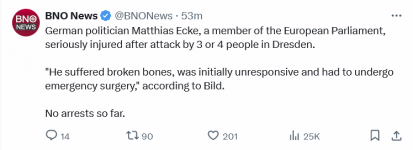




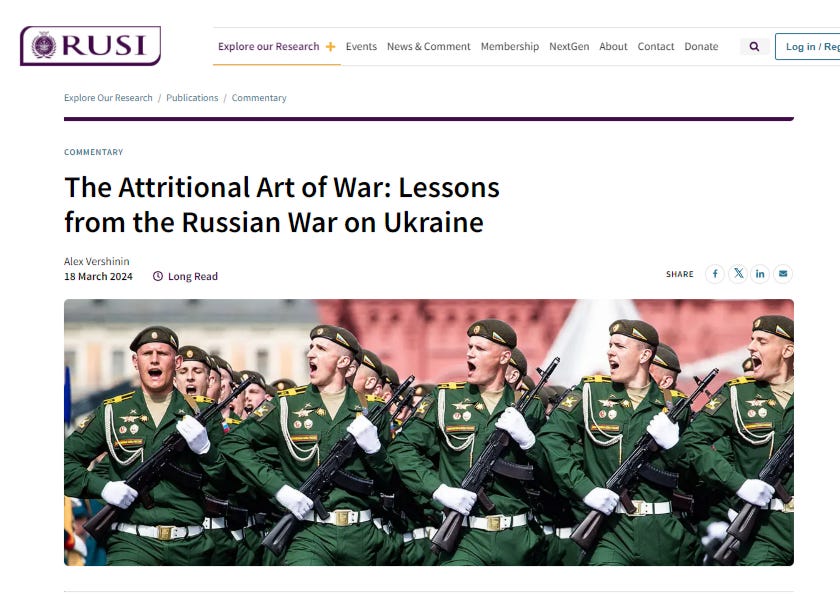

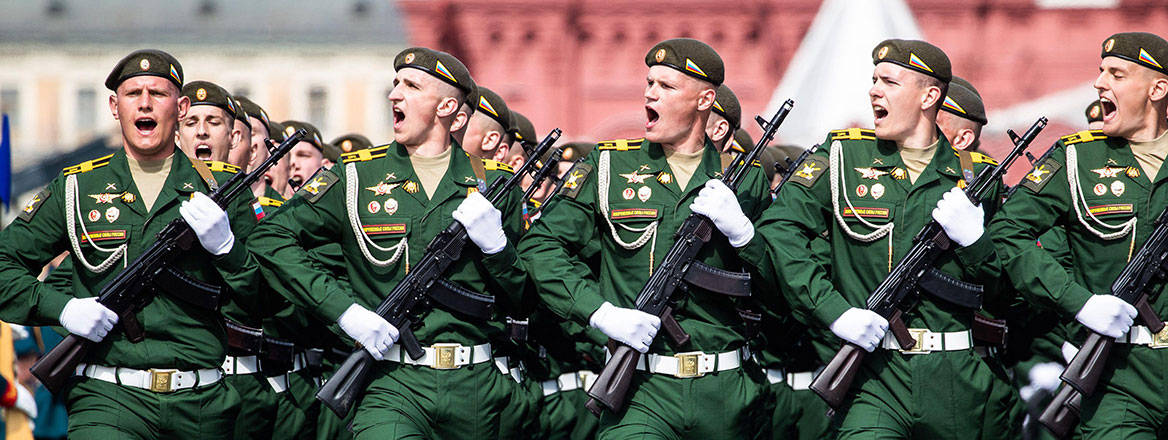

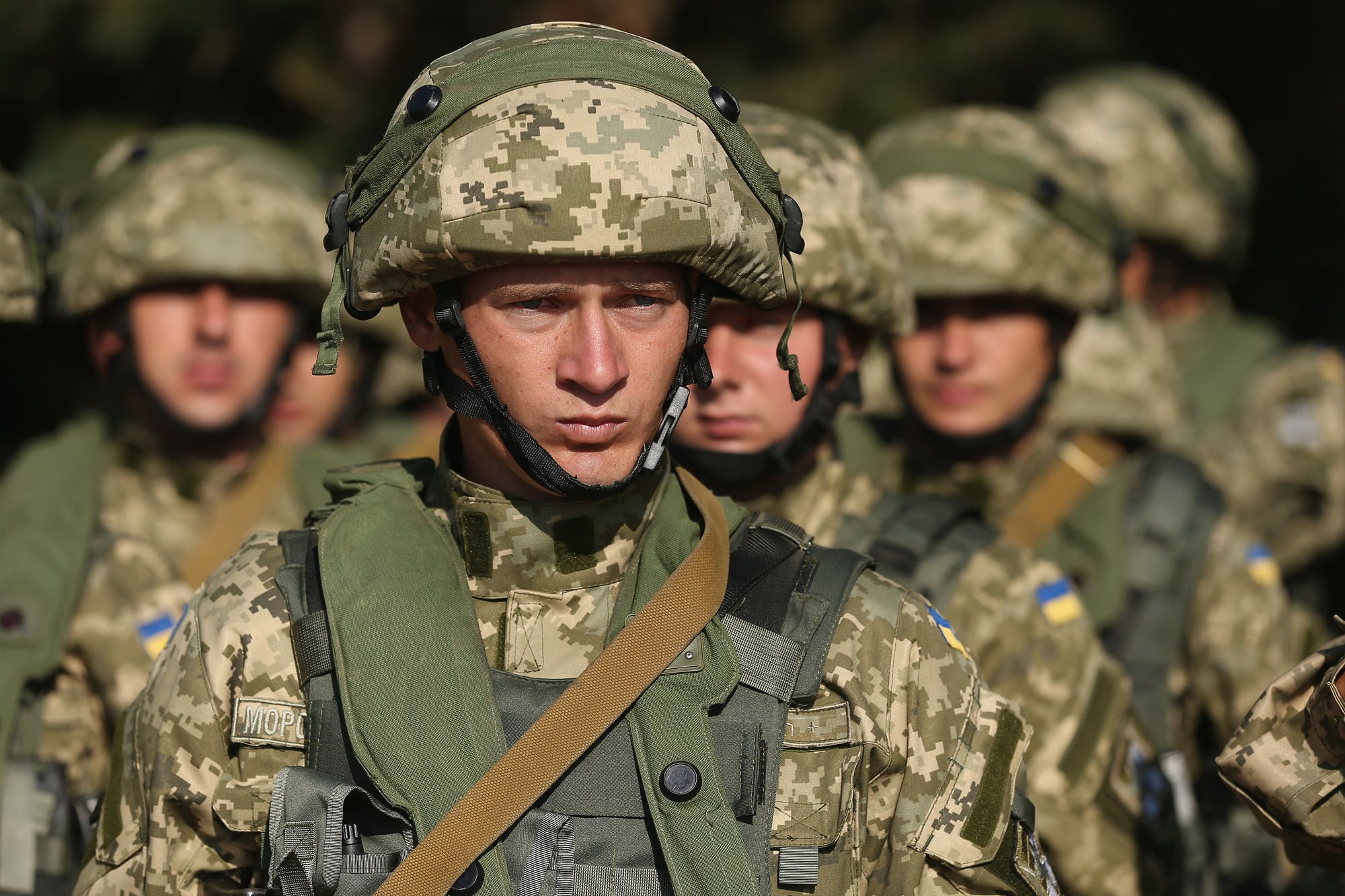

 arisroussinos
arisroussinos